3D Scanning
Services In Australia
Looking for the best 3D scanning services in Australia? You’d be relieved to know that CAD Deziners is here with the best 3D scanning services. We provide impeccable 3D scanning services to multiple industries, including the automotive, aerospace, electrical, architecture, mechanical, and mining industries, railways and consumer products. Using our service, you can decrease your project or manufacturing cost and provide impeccable security to workers. Our expert team here provides customer-centric services which will give you an upper hand concerning your immediate competitors.
Trusted partnerships, unrivaled results CAD Deziner’s track record























What is 3D Scanning & How it Works?
There are multiple types of 3D Scanning techniques like 3D laser scanning, Stereo Vision and Photogrammetry Scanning. These methods can be used to create a digital model from the physical object, capturing the accurate shape and size of the physical object in less time. At CAD Deziners, we use appropriate software to scan and convert scanned data into CAD files. The steps of the procedure are as follows:
Step 1
The procedure starts with spray coating the object with a temporary matte powder to improve scan accuracy. Even if the surface is slightly glossy, it can degrade the scan quality. Similarly, reflective and transparent surfaces cannot be scanned at all without a matte coating.
Step 2
Following the coating step, we capture the important sections of the part using a high-precision 3D scanner. Our experts capture every viewing angle carefully so every scan automatically aligns as the 3-dimensional models unravel.
Step 3
Once the part is scanned, we use the best software to repair small gaps and simplify the scan making the data more manageable in CAD. This is done to reduce the model as much as possible without destroying important details.
Step 4
The data is then imported into CAD software equipped with reverse engineering tools, where it undergoes trimming, fusion, alignment, and polishing.
Step 5
Once the data has gone through all the aforementioned steps and converted into a refined design, it is ready to print.

Why 3D Scanning?
3D scanning is the process of using captured data to generate a 3D model.
The technique can be used for the following purposes:
- To archive or reproduce moulds, fixtures and tooling.
- To document and preserve hand-built designs.
- To reverse-engineer a part that has no drawings.
- For re-creating a part using new methods such as 3D printing.
- For inspection of parts for accurate manufacturing.
- For Obtaining models for FEA and CFD simulation.
- To capture its existing shape to analyze it for flaws or defects.
- To reduce the cost of manufacturing and time for designing.

What Does Our Service Include?
As a crucial aspect of reverse engineering, our experts thoroughly scan your components using several techniques like CAM, CAD, 3D, and CAE. They then assist you in acknowledging how minor changes could be made to advance and enhance the engineering process.
We have a wide range of 3D scanners which are used for point cloud and in the 3-dimensional digitisation process to be used onsite. We provide different types of scanners, including laser handheld 3D scanners with an accuracy range of .05 mm up to 0.1 mm. We also have scanners that employ white and blue lights and have an accuracy range of up to 0.01 to 0.03 mm. You can also get our laser 3-dimensional scanner with an accuracy range of around 0.5 up to 1 mm.
Using the reverse engineering process, our professionals provide effective 3D scanning to aid you in properly designing the prototype at a relatively low cost.
Using the best software, we convert a 3D scan (STL) into a CAD format (STEP). The process is known as reverse engineering, and we’re the masters of it. Reconstructing a solid model based on a 3D scan is not an automatic process but a manual reconstruction. However, we have the expertise and equipment to deliver the best results.
Apart from the above-mentioned industries, NPD can be used in many other industries as well. Most notably educational institutes, healthcare products, mining, bio-medical, etc
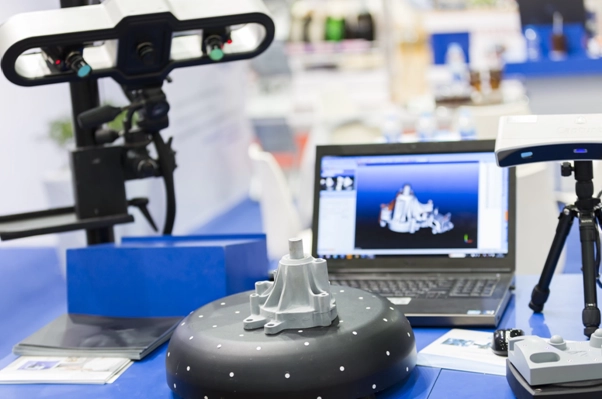
3D Scanning & reverse engineering
CAD Deziners offers component and assembly reverse engineering services. Making optimal use of our dedicated optical scanners and state-of-the-art reverse engineering software, our team is capable of creating CAD models and drawings from any physical component provided.
The process of reverse engineering can be simply explained as creating a digital twin based on a physical component or assembly. The method has an array of uses in design, engineering, and manufacturing applications, some of which are mentioned below:
- To re-create manufacturing data for an obsolete part;
- For precise analysis of competitor products.
- For digital archiving;
- To perform simulations and calculations.
- Upon submission of your object, a thorough 3D scan is performed using our 5-step scanning process to ensure maximum precision.
- The scanned data is then processed and defined to create a final design.
- Lastly, we create working 3D models and manufacturing drawings using the final design.
We have a highly skilled team that is equipped with state-of-the-art optical sensors in-house to deliver precise models and drawings. No matter what your requirements are, we have a scanner suitable to them.
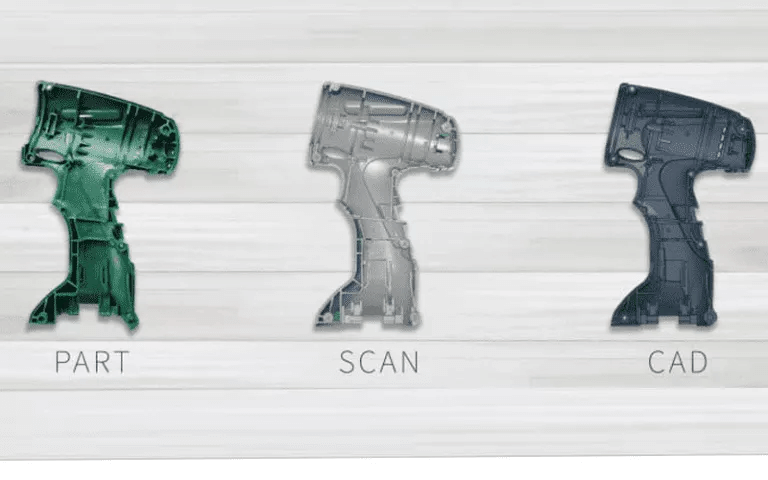
Maintenance, Repair & Recreate OEM Parts
Since 3D scanning can capture the digital representation of physical objects in three dimensions, it can be a very useful method for maintenance, repair, and recreation of OEM parts. Following are some of the applications of 3D scanning in these areas:
3D Scanning & reverse engineering
Since 3D scanning can capture the digital representation of physical objects in three dimensions, it can be a very useful method for maintenance, repair, and recreation of OEM parts. Following are some of the applications of 3D scanning in these areas:
Digital twins are virtual replicas of a physical object or system which can be used to monitor the performance of the physical object, simulate its behaviour, and predict potential issues.
Using 3D scanning, you can perform quality control checks on parts to ensure they meet certain tolerances and dimensions. Many manufacturers use 3D scanning to accelerate their quality control processes since 3D scanners enable non-contact, highly precise 3D profile measurements.
If the maintenance requires a part that is no longer available or has been discontinued, 3D scanning can be used to reverse engineer it and create a replacement.

Repair
Although 3D scanners can’t fix repair parts and machinery by themselves, they can work wonders for making repair an easier deal. 3D scanning can be really beneficial for the following aspects of repair:
You can scan damaged parts to detect the extent of the damage for planning the repairs accordingly.
If a certain part gets damaged beyond repair, 3D scanning can be used to create a replacement part, which you can fabricate using additive manufacturing techniques.
Once you’re done with the repair process, you can use 3D scanning to verify that the part has been restored to its original specifications.
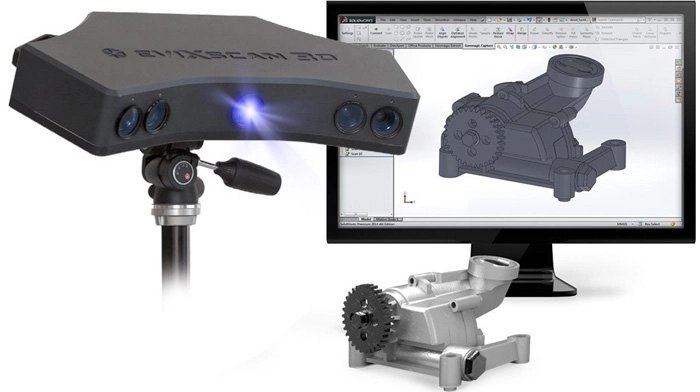
Recreating
Manufacturers often have to deal with situations where they require discontinued, obsolete, or extremely expensive OEM parts. In such cases, 3D scanning can be used to recreate the parts through the following process:
A 3D scan is taken of the original part, capturing its geometry and dimensions.
The 3D scan is used to create a digital model of the part, which can be used to generate a CAD model.
The CAD model can be used to fabricate a replica of the original part using additive manufacturing techniques like 3D printing.

Industries we serve
We proudly serve a diverse range of industries, providing innovative solutions tailored to meet their unique needs. Our commitment to excellence ensures we support the growth and success of our clients.
- Aerospace companies now employ 3D laser scanning for a vast range of operations, including inspection, measurement, and modeling.
- No matter how complex the part is or where it is located, 3D scanning can be used for everything from designing jet engine components and airframe parts to modeling aircraft bodies and cockpit areas.
- Automobile industries use 3D scanning to prototype parts, tooling, jigs, and fixtures.
- Many companies use the method for end-user customisation and creating personalised parts.
- It’s especially beneficial for small-batch or on-demand production of spare parts for classic cars and discontinued models.
- Military bases worldwide adopt 3D scanning and additive manufacturing technologies for a wide range of applications.
- The applications range from maintenance, repair, and overhaul (MRO) processes to damage assessments and reverse engineering of parts.
- In this way, military and defense organizations are drastically reducing their dependence on complex supply chains and a tight labor market
- In the marine industry, the technology can be used to create 3D models of ship components and structures for design and engineering purposes.
- It can be used for mapping the ocean floor using sonar and LiDAR scanners for resource exploration.
- The inspecting of ship hulls and structures for maintenance and repair purposes can be done easily using 3D scanning technologies.
- Architectural firms can use 3D scanning to capture as-built conditions of buildings for renovation projects.
- Companies can also create 3D models of architectural designs for visualization and presentations using the technique.
- The technology can also help scan large-scale architectural sculptures and monuments for restoration and preservation.
- Currently, 3D scanning and printing can be used in orthopedic, maxillofacial surgeries, tissue engineering and indirect manufacturing of medical devices.
- Companies can use the technology to capture the shape and size of prosthetics for custom-fitting.
- Designing and testing of medical devices can also be accelerated using 3D-printed models
- Educational institutes can create 3D models of historical artifacts and cultural objects for educational purposes.
- Virtual tours of historic sites and buildings can be provided using 3D scans.
- For better understanding, interactive anatomy models for medical and biology classes can be created using 3D scanning.
- Home appliance manufacturing companies can capture product designs and create prototypes for testing and improvement.
- 3D models of replacement parts can be created for repair purposes.
- Healthcare companies can create accurate 3D models of dental moulds for creating custom implants and braces.
- Prosthetic limbs and devices can be created for individual patients using 3D scanning and printing technologies.
- Patient-specific surgical guides can be made for complex procedures using 3D models.
- Mining companies can create 3D models of mining sites for planning and development purposes.
- Mapping underground mines can be done easily using LiDAR scanners to improve safety and efficiency.
- Inspecting mining equipment for maintenance and repair purposes can be made way easier using 3D scanning technologies.
- Using character doubles created through 3D scanning is one of the most common uses of the technology in both films and video games.
- It can be beneficial in capturing real-world environments for use in virtual and augmented reality experiences.
- Detailed props and costumes can be created using 3D printing and scanning technologies.
Our experts provide help in the preservation of woodwork or work on the designing process of woodworking. Initially, professionals use lasers and probes for making digital mark-up of objects. Unlike the traditional process of CNC, the Additive technology of 3D scanning has an upper hand. The process is fast, and less wastage of material is done. This is considered as a plus point.
- Scanning of furniture’s such as sofa, chairs, and beds
- Scanning and rendering using 3DS Max and Maya
- Redesigning and Scanning furniture’ as per client requirements.
- Scanning services of AR and VR
- Scanning and providing the files in .obj, .mtl or .fbx formats.
Our Projects
It serves as a visual and tangible representation of completed projects, achievements, and contributions, allowing potential clients, employers, or collaborators to assess capabilities and experience.














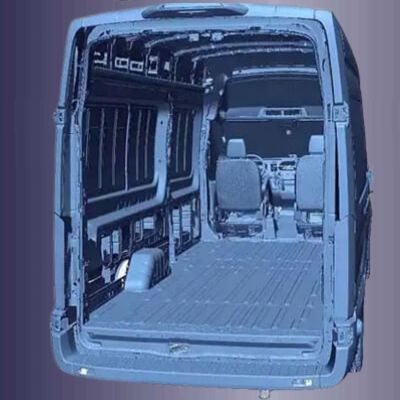

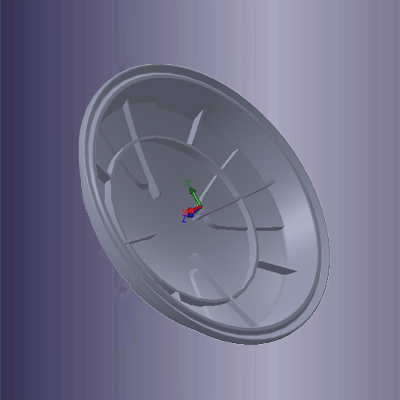
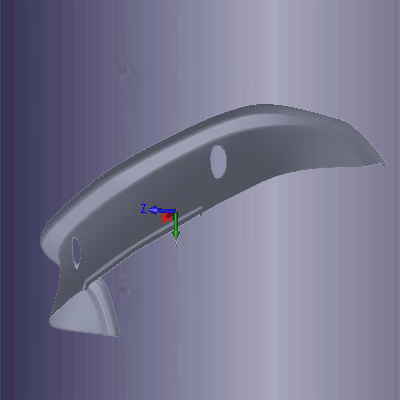
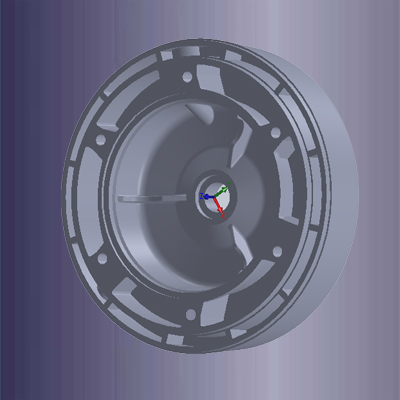
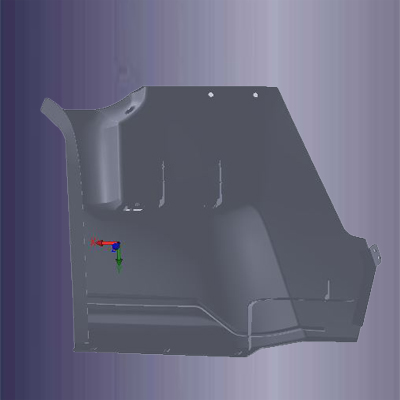
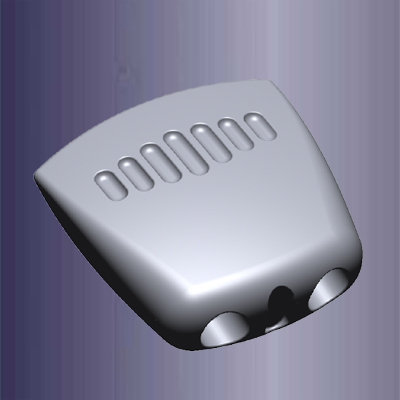
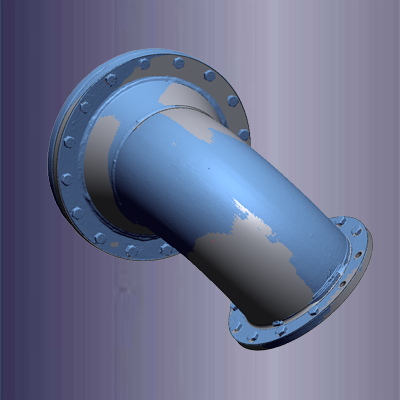
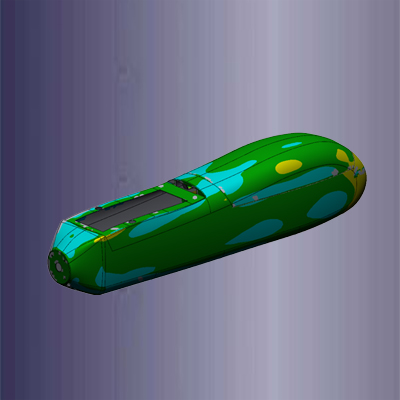
Deliverable File Formats
We render any received raw data or scan data collected from your physical part into a 3D model before exporting it in the file format of your choice. We can also create manufacturing and assembly drawings.
Some of the CAD native file formats we commonly use are as follows:
- Geomagic Design X
- SOLIDWORKS
- CATIA
- Creo Parametric
Following are some 3D model transfer formats we often use:
- STEP
- IGES
- Parasolid
- AutoCAD DXF

Why Choose Us?
Endless Options
Choose from millions of possible combinations of materials, finishes, tolerances, markings, and certifications for your order.
Easy to Use
Get your parts delivered right to your door without the hassle of sourcing, project management, logistics, or shipping.
Quality Assurance
Our quality check includes visual inspection, dimensional verification, functionality testing and a review of surface finish.
